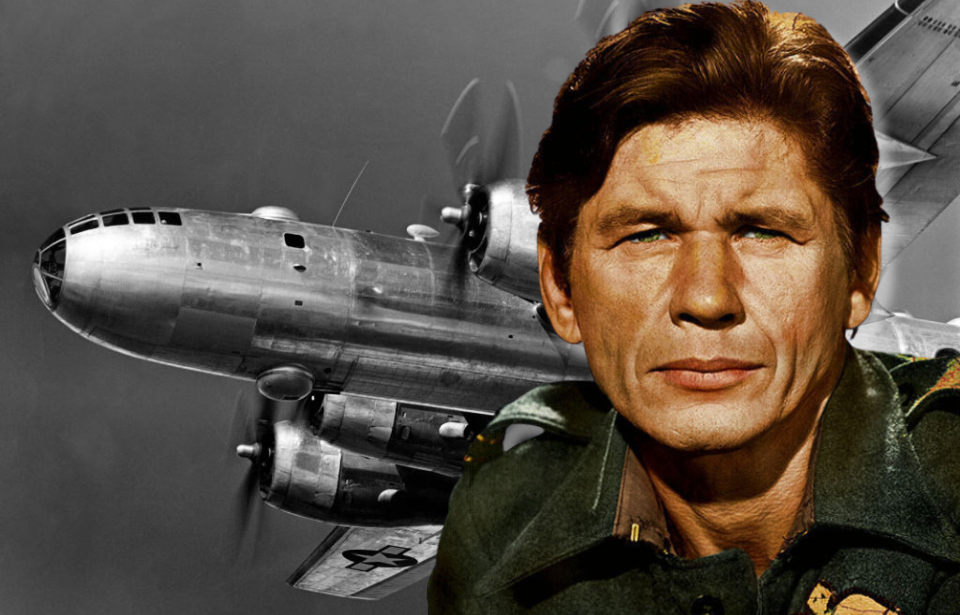Charles Bronson’s reputation as Hollywood’s rugged leading man was born not only from the roles he played but also from the hardships he endured in real life. Raised in poverty in a Pennsylvania coal-mining community, he entered the mines as a teenager to help feed his many siblings. The exhausting work and unforgiving environment toughened him in ways that later infused his on-screen characters with an unmistakable edge.
His courage, however, went far beyond the soundstage. In World War II, Bronson enlisted in the U.S. Army Air Forces and served as a gunner aboard B-29 Superfortress bombers. Flying dangerous missions across enemy skies, he faced the constant threat of death. Those experiences of endurance and survival gave his acting a raw credibility, shaping performances that carried genuine grit and a palpable sense of bravery.
Early life in the coal mines of Pennsylvania
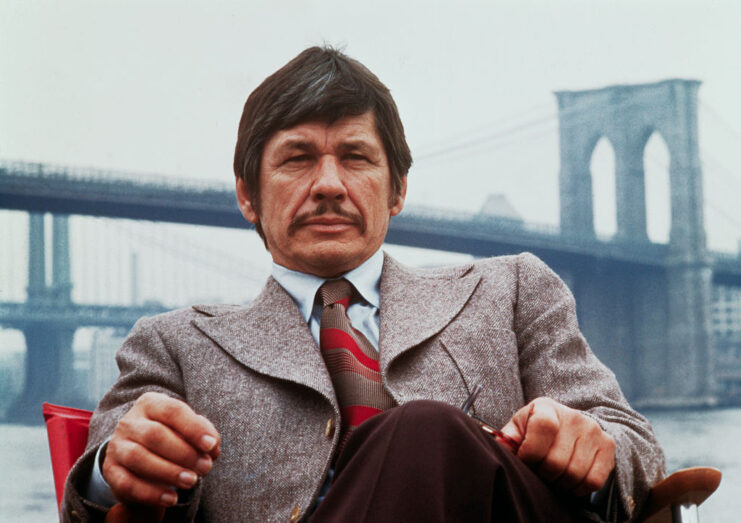
Entering the US Army Air Forces (USAAF)
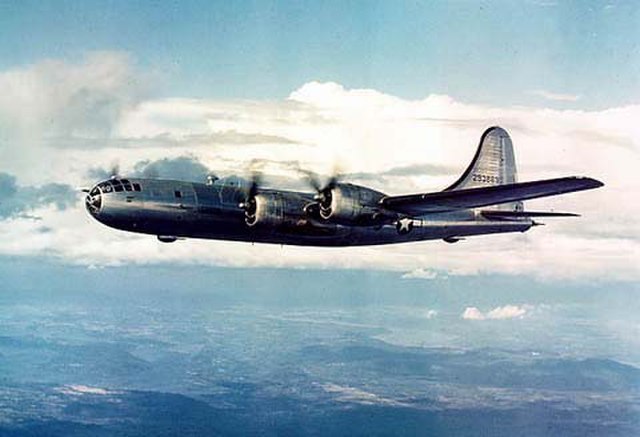
In 1943, after spending 12 years working in the coal mines, Charles Bronson enlisted in the U.S. Army Air Forces.
He started his military service with the 760th Flexible Gunnery Training Squadron before moving on to become an aerial gunner on a Boeing B-29 Superfortress. Assigned to the 61st Bombardment Squadron, 39th Bombardment Group in Guam, Bronson flew 25 combat missions over Japan, many of them extremely dangerous.
During one of these missions, he was wounded in the arms and later awarded the Purple Heart for his injuries in combat. He completed his three years of service in 1946.
Charles Bronson adapted well to military life
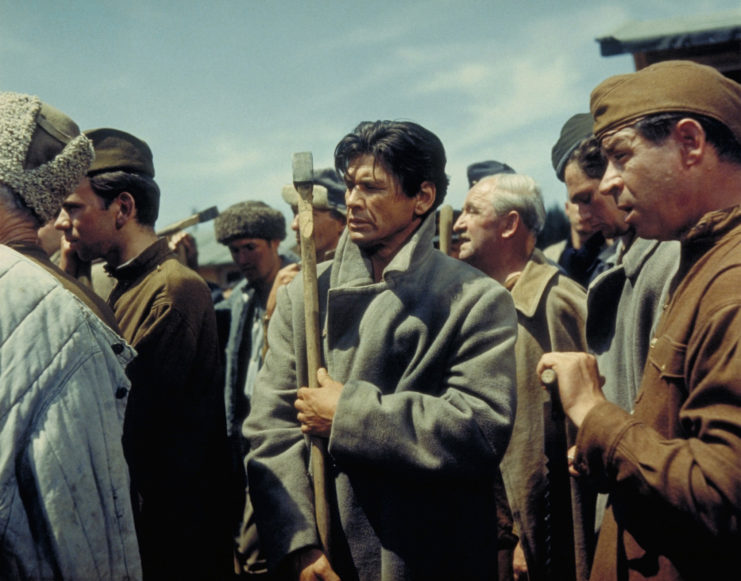
Though many found the standards of military life challenging, Charles Bronson viewed them as indulgent, saying, “I never had it so good as when I entered the Army. Men were complaining around me. But I was eating and sleeping well, and I thought: ‘Jeez! This is great!’ For me, being drafted was like having a fairy godfather change me into a prince.”
After Bronson achieved fame as a Hollywood star – a genuine rags-to-riches story – news sources scrutinized his military background. Some suggested he had only served as a delivery truck driver for the 760th Mess Squadron in Arizona. However, his World War II comrades validated his role as a nose gunner on a B-29.
Additionally, records have been found confirming his service in Guam as a B-29 crew member, including a September 1945 roster from the 61st Squadron that lists his name.
Post-World War II
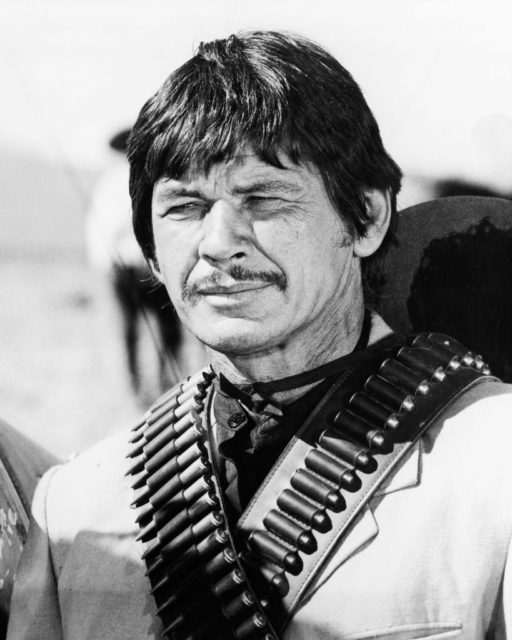
After serving in World War II, Charles Bronson used his GI Bill benefits to pursue a new path in the arts, enrolling at the Pasadena Playhouse in sunny California. But success didn’t come overnight. He struggled to land roles and scraped by doing odd jobs, even sharing an apartment with fellow aspiring actor Jack Klugman as they both chased their Hollywood dreams.
In the beginning, Bronson appeared in small, often uncredited roles under his birth name, Charles Buchinsky. His first breakout came in 1953’s House of Wax, where he portrayed the sinister Igor—a performance that finally got him noticed by casting agents and studios.
But just as his career began to pick up, a new challenge emerged: politics. After a number of Soviet spies were uncovered in seemingly secure positions, the nation began actively pursuing and halting Communist activities. During the height of the Second Red Scare, when fear of Communist influence was sweeping the country, Bronson realized his Slavic-sounding surname might attract unwanted scrutiny from the House Un-American Activities Committee (HUAC). So, in 1954, he made a pivotal decision—he changed his name to “Charles Bronson,” a move that helped him avoid political backlash and launch the next phase of his career.
Charles Bronson’s career eventually gained steam
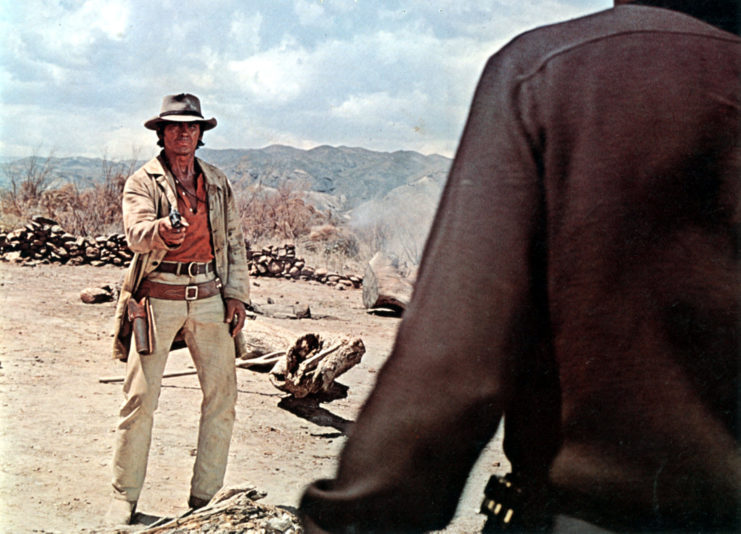
Charles Bronson’s Hollywood career took off in the 1950s, and by the 1970s he had become one of the highest-paid actors of his era, commanding $1 million per picture. His most memorable performances came in classics such as The Great Escape (1963), Once Upon a Time in the West (1968), and Death Wish (1974), where he shared the screen with icons like Steve McQueen and Henry Fonda.
